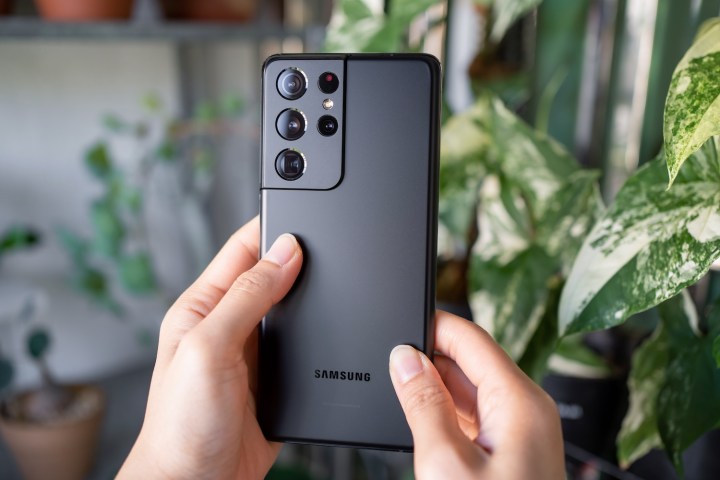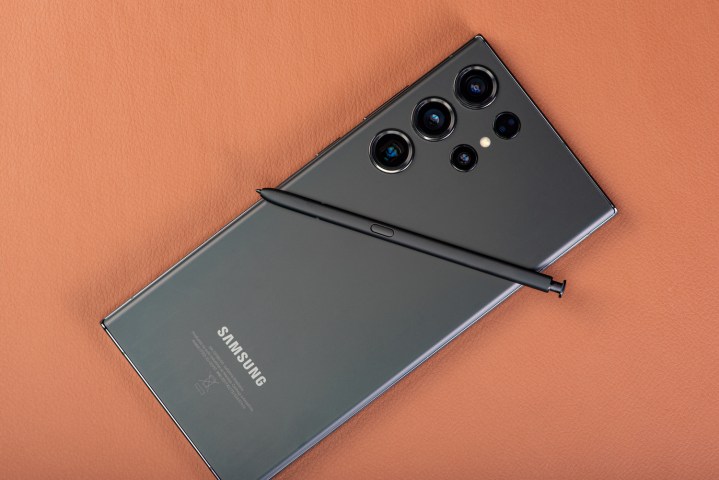Series Samsung Galaxy S has always been synonymous with high-end phones, known for their top-notch displays, outstanding picture quality, and premium features like water resistance and wireless charging. However, the difference between the processors remains a constant source of contention among users. Exynos and Snapdragon that power these devices, depending on the region in which they are sold.
Exynos vs Snapdragon Controversy
Historically, Samsung has released versions of its Galaxy S phones with two different types of processors: Qualcomm Snapdragon for markets like the US, and its own Exynos for regions like Europe, the Middle East, and India. While the devices may look the same at first glance, users have noticed significant differences in performance, battery life, and image quality between the two versions, causing controversy and discontent among Samsung fans.
Differences between Exynos and Snapdragon

Performance
One of the key areas where these two processors differ is performance. For example, the Exynos 990 that was part of the Galaxy S20 series was criticized for its poor performance compared to the Snapdragon 865, especially in terms of graphics processing. Although the gap has narrowed over time, as seen with the Exynos 2100 in the Galaxy S21 series, the Snapdragon has maintained a slight advantage, especially in graphics performance, making it the choice for gamers.
Battery life
Battery life is another factor where there are differences. Interestingly, in some cases, the Exynos versions outlasted their Snapdragon counterparts in terms of endurance, as was the case with the Galaxy S20, where the Exynos version offered up to 30 extra minutes of use. However, this increase in battery life often comes at the cost of reduced performance due to the Exynos’ tendency to slow down to save power.
Camera and video quality
The differences between Exynos and Snapdragon are also reflected in the quality of the cameras and video capabilities. For example, the Snapdragon version of the Galaxy S21 Ultra delivered superior image quality compared to the Exynos version, especially in low-light conditions. Additionally, some video features, such as AV1 encoding support, were available on Exynos devices before Snapdragon, showing that the differences are not always in one’s favor.
Will the rivalry between Snapdragon and Exynos continue in the future?

Despite the controversy, Samsung decided to equip the entire Galaxy S23 series with Snapdragon processors worldwide in 2023, marking a pause in the rivalry with Exynos. However, with the launch of the Galaxy S24 series, the company has reintroduced Exynos processors in some markets, suggesting that the competition between the two processors is far from over.
Additionally, there are rumors that Samsung is working on a new high-performance chipset that could debut in 2025. This new processor will be developed by Samsung’s own mobile division rather than its semiconductor division, which could mark a new chapter in Exynos’ history.
The Importance of Choosing Between Exynos and Snapdragon
Choosing between a Galaxy S device with an Exynos or Snapdragon processor is not a trivial decision. While the differences have narrowed in recent years, there are still areas where one processor may be superior to the other, which affects the overall user experience. So it’s important to be aware of the differences and understand how they might affect your personal phone experience. Ultimately, the decision will come down to your personal priorities: whether you prefer better graphics performance, longer battery life, or slightly higher image quality.
Source: Digital Trends












